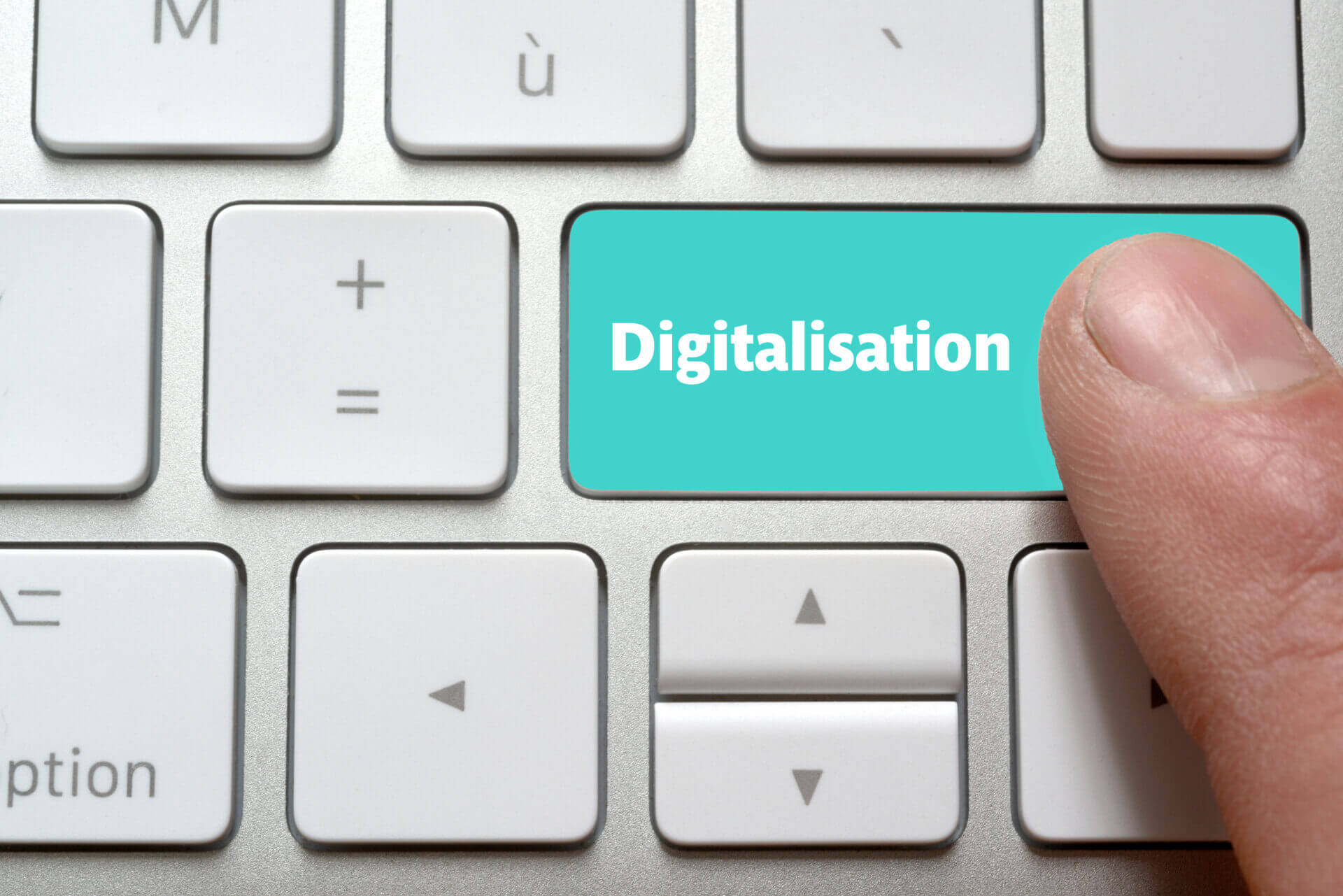According to new data, half of adults who have used AI chatbots used it during customer service interactions. But are bots really the touchpoint we want our customers to have with our businesses?
Janine Hunt, Client Partnership Director at Kura, says: “While automated systems and AI chatbots can help get customers seen quickly, they aren’t always the best approach to customer service. One size doesn’t fit all when it comes to customer service, and providing empathy can make the difference. You need to know when it is best to use technology versus your workforce.”
Across your business, you will need to balance between human touch and automating processes, especially during customer service enquiries. Offering what your customers want when they want it can make the difference between customer loyalty and loss.
What do customers want?
When providing the best customer service, ensuring you know what your customer wants is essential. For many, the quality of their service is more important than the speed– with more people looking for a tailored experience to their customer service.
Only 35% of customers want to use chatbots for customer service interactions, so while you might want to make it an option, it shouldn’t be the only option. In fact, your business might perform better and maintain better customer retention, offering the human touch first.
While chatbots and digitalisation can make customer service quicker, they can also hinder the connection you have with your customers. In a world with so many choices, offering your customers direct attention is essential.
Why the human touch is essential in customer service
Customer service requires a human touch from time to time. For many, an automated system can cause frustration. In fact, 78% of customers have had to connect with a human after failing to reach a solution with technology. This adds to the time your customers are spending on contacting customer service, which can cause annoyance, discomfort, and even anger.
Offering a human touch can mean your customers have to put less time and effort into finding a solution as the advisor, in the end, is better able to understand, interpret, and manage problems than a system which might only have a few pre-selected solutions.
In some instances, customer service requires a human touch to deal with sensitive topics. For some, this might be debt and invoicing, whereas others might be calling to update their late loved one’s account. Whatever the case, you will want trained professionals to be able to provide tailored, empathetic care. Sometimes, callers need a listening ear, and a computer can’t offer that human element some customers need.
If you’re worried about the resources your business has to offer to customer service, investing in customer service outsourcing can give you the body count you need to attend to incoming calls. This way, you don’t have to rely on automated systems and AI chatbots to communicate with your customers, even during peak times. Offering this human touchpoint can mean your customers feel cared for, even during their purchase after-care.
Janine continues: “Simply offering an answering machine or a few automated questions isn’t good enough for customer service. While some customers might find the answers they’re looking for this way, many won’t. The human touch can help find solutions that match your customer’s query quicker and easier.
“And even if you can find a solution, technology isn’t able to offer the empathy that a customer service advisor can. Most people won’t contact customer service unless they have a complaint or problem, and being answered by a machine can just add to the frustration. Having specially trained staff who know how to manage sensitive topics, including death, sickness, and debt, can ensure a better customer experience, positioning your company as one that cares for their customers.”
Where can digitalisation be used?
Digitalisation, instead, can be a great tool for your staff as a means of cutting down administration tasks. This way, your advisors have more time to spend on the individual customers rather than inputting data – this can also help avoid human error. Human error can lead to more frustration when it comes to customer service, as you might miss important context from past queries.
Janine adds: “When a customer calls back or gets in touch multiple times, there is the problem of knowing the right context around the query. Your customers won’t want to retell the same story every time they call. Having a digitalised system which can accurately hold all customer information for future conversations is essential.
“But you cannot negate the need for the human touch here. A human advisor must input the right notes into the customer’s profile so that others can easily address any problems. Both the human touch and digitalisation are essential for ensuring consistency across customer communications.”
Automated systems and AI chatbots can also be a great way of answering frequently asked questions without needing a human touch. Whether this is a quick purchase query or a maintenance question, if you have a comprehensive list of commonly asked questions, you can use a chatbot to answer these. This saves your advisors’ time. Rather than answering common questions, they can focus their efforts on the customers who need the most attention.
Customer service is constantly evolving, so finding the right balance between efficiency and improving customer experience can be challenging. With a trusted outsourcing partner, you can ensure you provide the right type of interaction at the right time. Whether it is quick FAQ answers with a chatbot or an in-depth conversation discussing various solutions to a sensitive problem, offering the right approach is essential for a happier customer.







